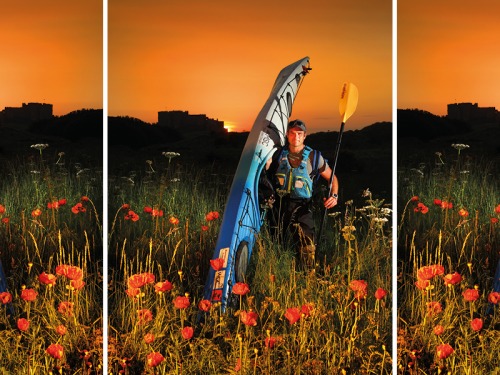The Inspiring Story Behind the Durham Coast's New Nature Reserve
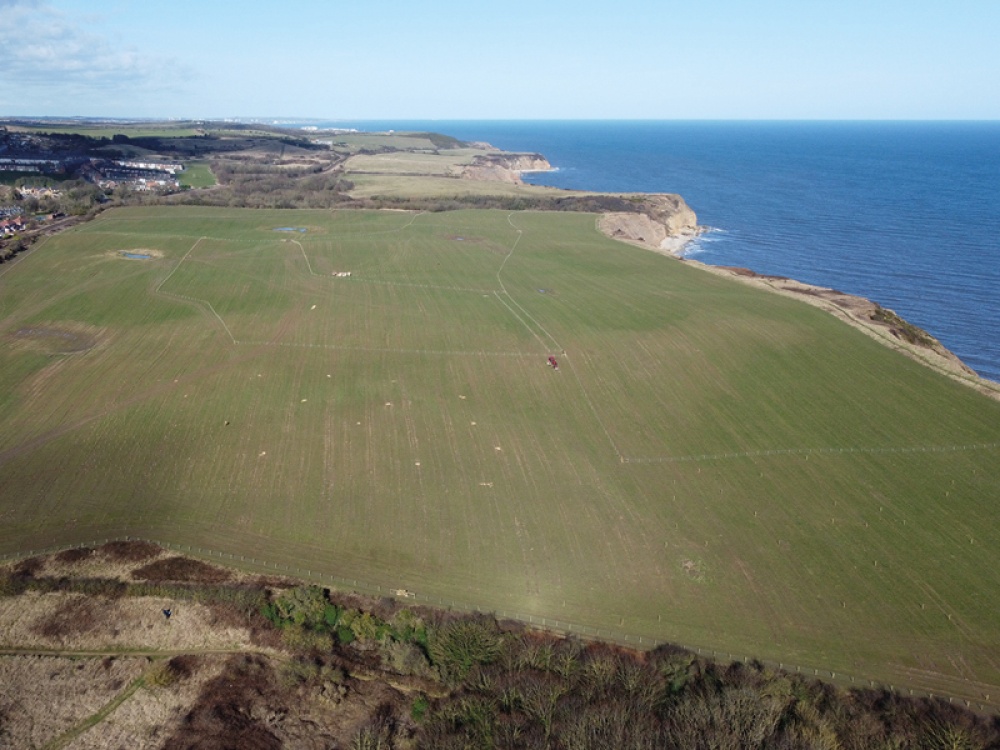
A brand new nature reserve on the Durham coast is encouraging communities to connect with each other and the outdoors to change lives
In 2023 the National Trust purchased a 34 hectare field at Warren House on the Durham coast with grant funding from the North East Community Forest Trees for Climate fund. Now the former farmland is being restored to a natural state.
‘We knew we wanted to do something to create space for nature,’ says Eric Wilton, general manager for the National Trust’s Derwent, Wear and Coast Portfolio. ‘When you work with community forests, it’s always in the principle that you’ll plant trees on that site too. But we wanted to have a mixed scheme. Not only trees, hedgerows and wood pasture but also to improve biodiversity for flora and the meadows we have on the coast, as well as improving the water bodies that were on the site. Because it’s been ploughed for so many years, and used for arable crops, there were three (what we call) “ghost ponds”. Decades ago there would’ve been ponds on the site but over time through land management practises those ponds have been lost. With this scheme we’re able to reinstate those ponds as well to create a bit of a wetland. We have wetland grass, hedgerows, wood pasture… it’s a real mix, and because it’s such a large area, that mix lends itself to providing homes and habitat for lots of different wildlife, from ground nesting birds to mammals.’
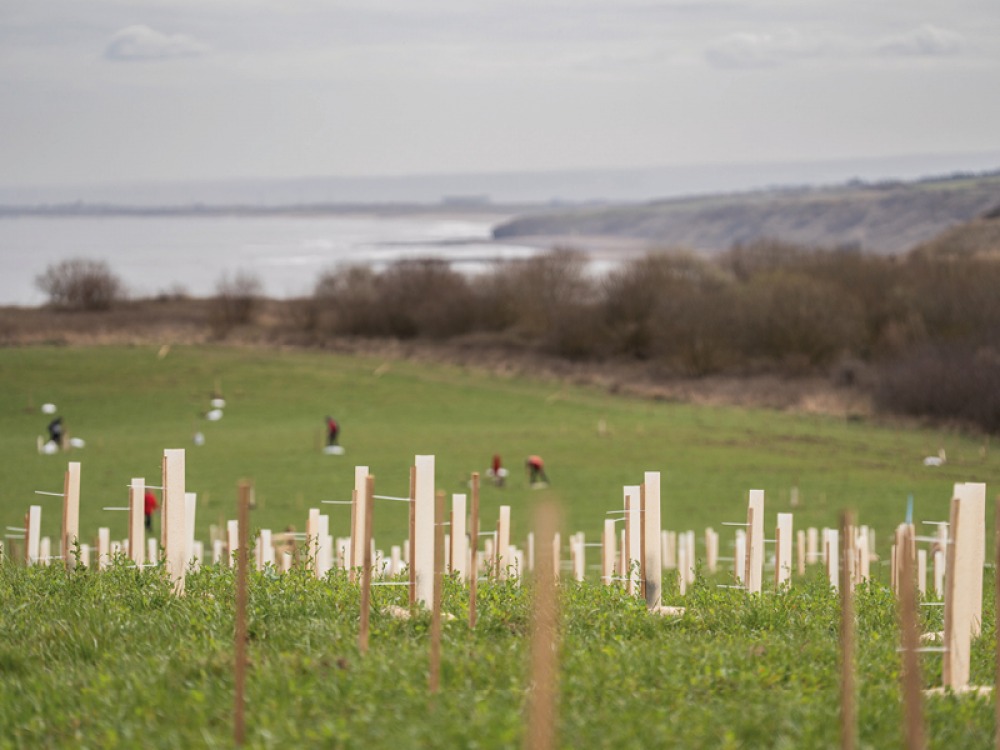
This work complements the work that took place at White Lea Farm at Easington last year, when more than five miles of new hedgerows were planted close to the Durham coast. ‘It also connects the two denes – Hawthorn Dene and Foxhole Dene – to continue that wildlife corridor down the coast,’ Eric adds. Grants have helped in supporting this new nature reserve. ‘We can now deliver the scheme to a really high level and we can also secure management of the area, and the establishment of the nature reserve for the next 10 years as there’s enough funding to deliver that outcome,’ he continues. ‘That’s fantastic news for nature, and long term how we can ensure the work we do there is really established and done well.’
As well as nature restoration, the funding and support received means an improvement in public access to this part of the coast, and a circular path around the field will join up with the King Charles III England Coast Path along the cliff edge.
The new nature reserve has been named Tina’s Haven in memory of Tina Robson, who lost her life to trauma-based addiction in 2020. Tina had struggled with drug and alcohol addiction for most of her adult life. Tina’s mum, Sue Robson, founded and developed a groundbreaking arts- and nature-based programme (also called Tina’s Haven) in East Durham, with a focus on self-empowerment and supporting women’s recovery from addiction and trauma. Now Sue is working closely with the National Trust and local organisations including Addictions North East, The Barn at Easington and No More Nowt to ensure Tina’s Haven has those same focuses, allowing and encouraging visitors to connect with each other, spend time outdoors and work together to create the nature reserve.
Recently a planting week took place, where 100 volunteers on the Monday and 35 on the Tuesday (including 30 from Addictions North East) took part, as well as around 80 primary school children on the Wednesday and Thursday, and 65 volunteers from National Trust staff and partner organisations on the Friday. ‘They all planted an amazing 507 trees and a whopping 1,260 hedgerow plants,’ says Eric, ‘all in biodegradable tubes.’ They also created eight acres of wood pasture and 210 metres of hedgerow. It’s hoped that 21,575 trees will be planted within the nature reserve, and a Tree of Hope, one of 49 saplings grown from seed from the felled Sycamore Gap tree at Hadrian’s Wall, will also be planted.
‘Because we were looking at creating a nature reserve I thought, as well as having the Tree of Hope, how about we provide the opportunity for Sue to name the nature reserve and really root it in the work that she’s been doing?’ says Eric. ‘Through their programme immersing women in nature, they found that being out in nature broke down a lot of barriers and enabled them to talk more openly about their trauma and the difficulties they’d had, and start to come to terms with them, address them, and start their recovery process. To me, that was profound. I knew straight away that by working with Sue we could connect communities around us. With Sue’s vision and her work around her daughter Tina’s story we could create a legacy, whilst also really helping the community to recover, and also helping us to recover nature – it just seemed like such a perfect project.
‘Once I’d met with Sue and understood Tina’s story, it was clear as day to me that although there was going to be a lot of work to get to where we’ve got to, it would be so worthwhile and could be really meaningful for the communities for East Durham and offer good opportunities to tell Tina’s story, to draw attention to difficulties in mental health, addiction and trauma. It’s been wonderful to provide that platform to be able to do that. Ultimately, that’s what we’re here for.
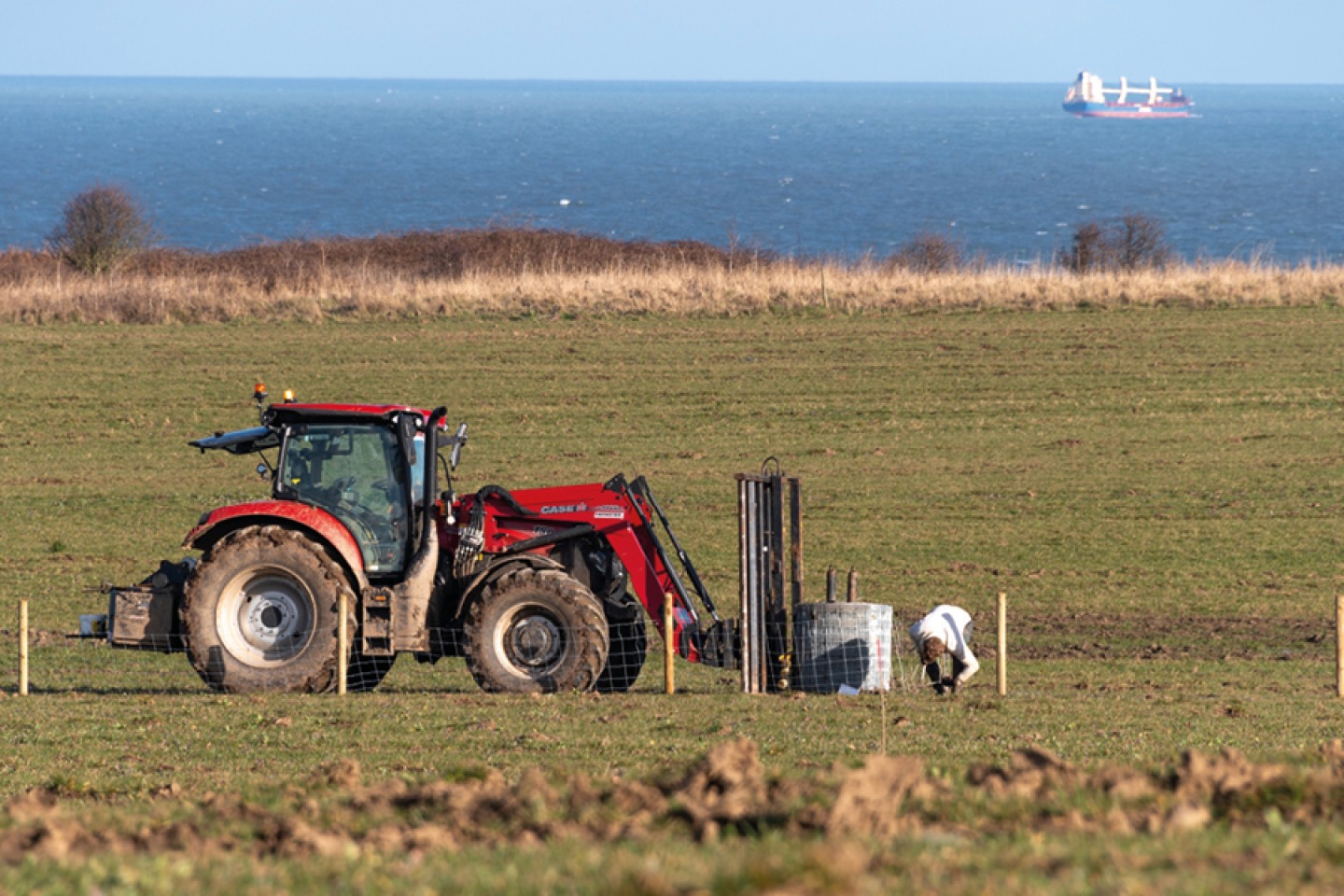
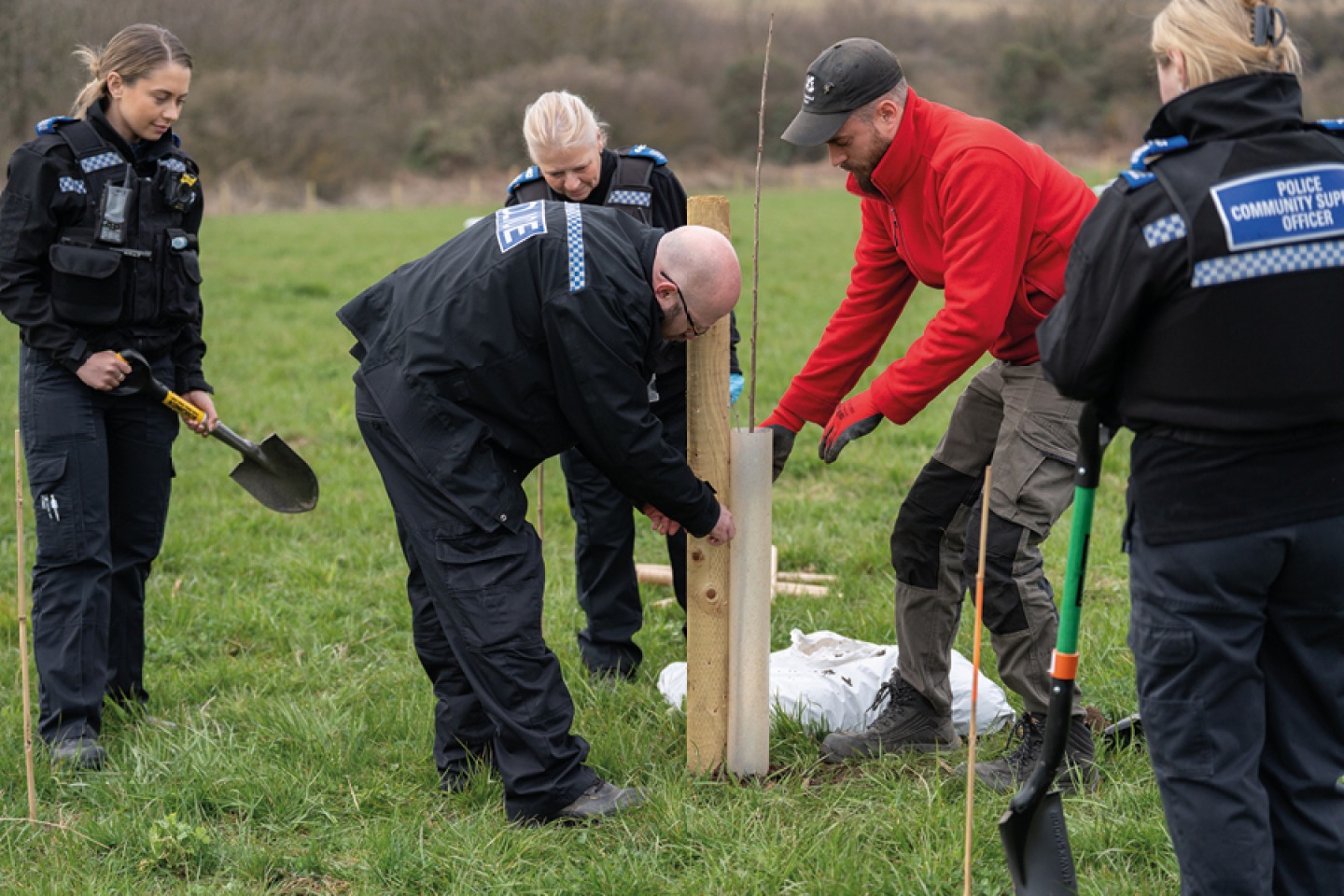
‘Yes we’re creating a nature reserve and a space for nature and we need to manage it as well, but it’s there for people to enjoy this space, [being] close to nature or just being out on the coast. They’re being exposed to the sound of birdsong, wetlands and wonderful flora and the hay meadows we’re going to create. It doesn’t have to be their passion but if they get solace, enjoyment and time away from the stresses of life by being outdoors, it doesn’t matter if they don’t know anything about nature. My concern is that people feel connected to places, and whatever that connection is means we can look after those places better. If it’s important to more people, ultimately those places will be looked after.’
Eric is grateful for Sue’s support in making this happen. ‘Having a trusted person like Sue who really understands the issues and is working on supporting communities gives us a fantastic opportunity to connect in a much better way,’ he explains. ‘The project has been successful because we’re working with someone who’s working meaningfully in the community and with nature in a new way. In addition, we’re also working on the second phase at White Lea Farm. We have additional wood pastures going in, and grassland management, which means we will have an even more diverse range of wildflower meadows, which will complement what we’re doing at Tina’s Haven.’
If you have been affected by any of the issues raised, there are many organisations available to offer support for those suffering from mental illness, addiction and trauma or those close to them.




